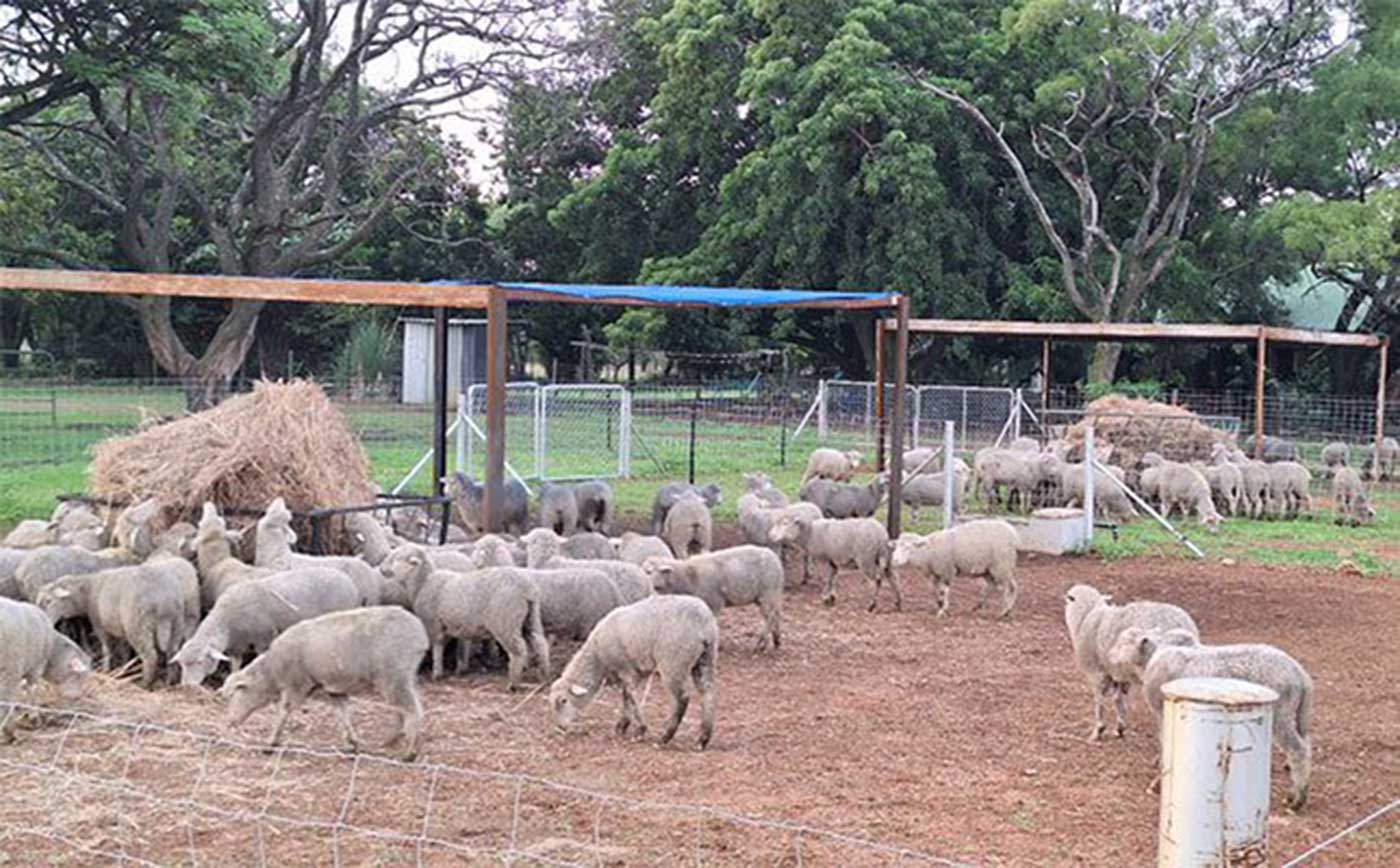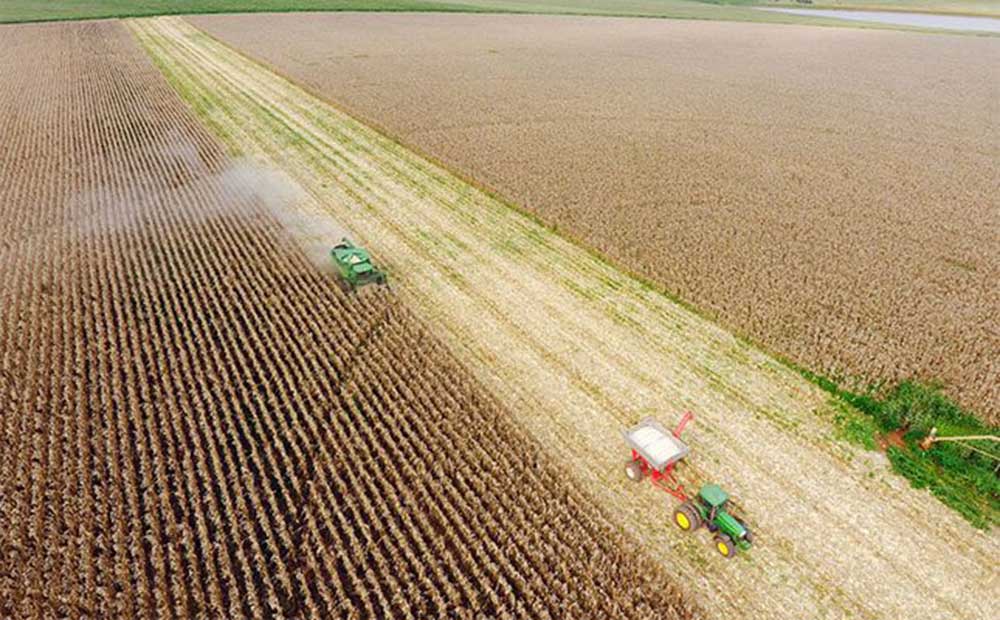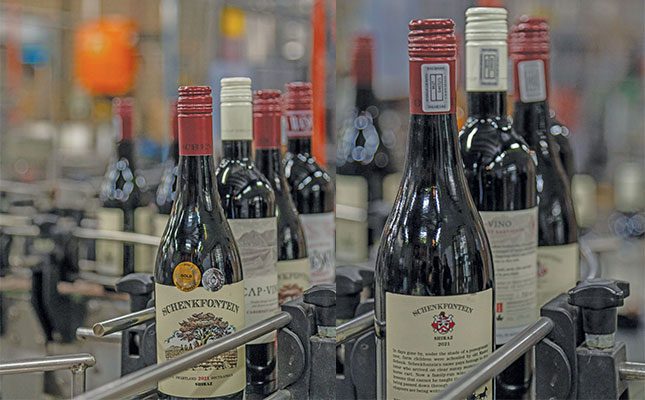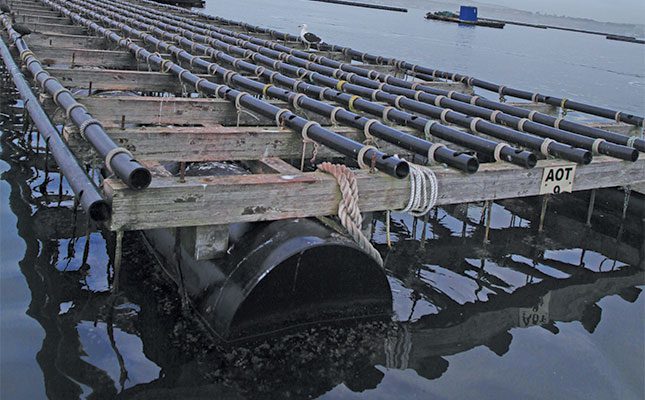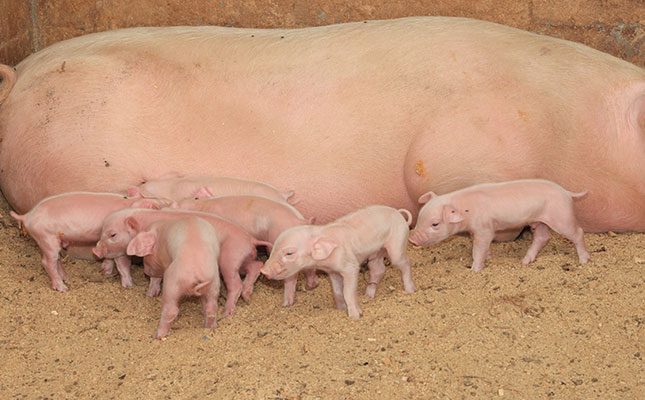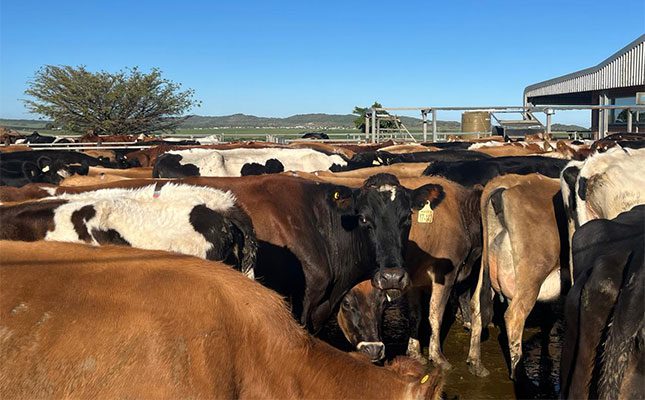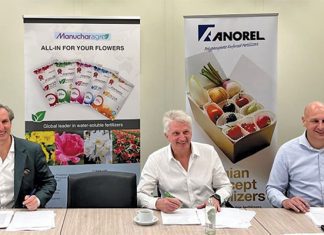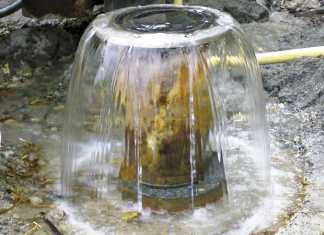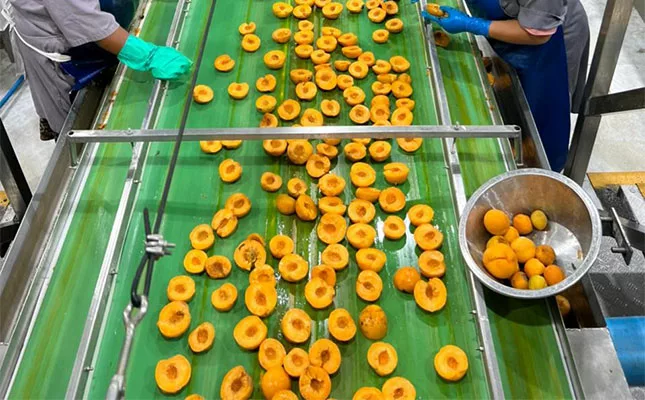
Photo: canning fruit producers’ association
The South African canning fruit industry has been under severe strain in recent years, with many farmers struggling to make ends meet.
Jacques Jordaan, CEO of the Canning Fruit Producers’ Association, says conditions vary between farms, but Optimal Agricultural Business Systems (OABS) data shows the average grower is barely breaking even.
In 2024, average production costs, excluding land, entrepreneurial salary, and return on investment, were estimated at R5 331/t for apricots, R5 477/t for peaches, and R3 988/t for pears. In contrast, average prices per ton after grading, including a 10% contribution to juice, were roughly R5 330/t for apricots, R5 459/t for peaches, and R3 979/t for pears.
Beyond tight margins, producers must also contend with extreme weather, ranging from prolonged dry spells and heatwaves to frost and flooding.
The 2024/25 season produced a relatively normal harvest after production volumes fell well below the five-year average in 2019/20 and 2023/24 (see tables 1, 2, and 3).
The outlook has improved slightly since the announcement that Langeberg Foods, comprised of consortium of canning fruit producers and other parties with vested interests, would be the new owner of the Langeberg & Ashton canning factory, after concluding a deal with Tiger Brands, with the takeover due to come into effect on 1 October 2025.
However, Jordaan says the uncertainty of the past five years has left a mark, particularly on the area under cling peach orchards.
Over the past decade, this area has shrunk from about 5 800ha to 3 500 ha, with the past five years seeing an average annual decline of 7%.
The area under Bulida apricots has decreased from 1 500ha to 1 000ha, while the area planted to Bon Chretien pears has fallen from 2 800ha to 2 000ha over the past 10 years.
Tree age distribution adds another layer of concern. The removal of marginal and older cling peach orchards has left the peach industry with a fairly healthy age profile, but apricot orchards tell a different story.
Jordaan points out that around 44% of South Africa’s 1 034ha of Bulida apricots are at least 18 years old, compared with 31% of the 3 548ha of cling peaches.
International production
“These challenges are not unique to South Africa; producers around the world are facing the same pressures,” says Jordaan.
In Greece, frost has slashed cling peach production by about 30%, down from roughly 400 000t to between 270 000t and 300 000t. Fruit sizes are also smaller.
“With less fruit available, Greek factories are facing fierce competition from the European fresh market for the raw cling peach material,” adds Jordaan.
Apricot volumes are also expected to fall sharply by up to 40%, which would result in lower purée volumes.
Spain’s industry was hit by hail just before harvest, halving apricot volumes. Peach production is also set to fall by 10% to 15%, leaving processors competing with fresh fruit buyers for limited supplies.
In the US, cling peach production is expected to fall by about 6% to 203 000t. Farmers there face a parallel to South Africa’s own uncertainty a few years ago, when the Ashton canning factory’s closure loomed.
Jordaan says US growers are grappling with the fallout from Del Monte’s liquidation application. The company, which is one of only two major canners in that country and handles about 35% of the sector, might leave a large gap in their processing chain.
China has emerged as the global powerhouse in recent years, with annual cling peach production of 895 350t from 47 120ha. This season, however, hot and dry conditions damaged fruit quality and left growers with large volumes of undersized fruit. Total output is forecast to shrink by 20% to 30%.
“Talking to international producers, it’s clear that everybody is in the same boat. Climate pressure and market uncertainty are forcing the entire industry to rethink how it operates,” adds Jordaan.
Market dynamics
One of the problems is that prices have remained under pressure despite lower production volumes from the world’s major canning regions.
Jordaan attributes this to several factors: high stocks carried over from last season, economic pressures weighing on consumer demand in key markets, and uncertainty surrounding newly introduced US import tariffs.
“A third of the US’s canning fruit is imported. South Africa is a key player in this market, but it is unclear how the new tariffs will play out. The EU has secured a reduced tariff of around 17%, while South Africa faces 40%. It’s a setback, but we’re still better off than China, which is paying 72%,” he says.
Redirecting fruit to China, which is the single biggest market for canned fruit internationally, would also be difficult, as the country has refocused its marketing and innovation toward its internal market and making sure the competition stays out.
Jordaan says uncertainty over the US market is prompting major players to target alternative regions, particularly Asia, which could increase competition in that market: “We hope South Africa’s government will negotiate more favourable trade terms and work to open new markets to bolster our own industry.”
Globally, there is also a concerted effort to reposition processed fruit. “We need to market canned fruit as more than just a breakfast or dessert staple. It should be seen as a healthy, anytime snack. The Chinese are definitively paving the way on the innovation front,” he explains.
Staying competitive
For South African growers, Jordaan’s advice is to align production closely with market needs, particularly when it comes to niche crops like Bulida apricots, where alternatives are limited. Efficiency at farm level is crucial, but he warns that excellence must run through the entire value chain.
“It’s no longer enough for a farmer to be excellent. They need to be part of a whole value chain of excellence to stay competitive, with government being an enabler,” he adds.
Looking ahead, Jordaan emphasises the need for ongoing investment in research and development to create cultivars and production systems that are more resilient and able to tolerate climate change, pests, and disease.
For more information email [email protected], or visit cfpa.co.za.
Table 1: Bulida apricot production in tons, 2019 to 2025
| 2019/20 | 2020/21 | 2021/22 | 2022/23 | 2023/24 | 2024/25 | |
| Canning | 8 883 | 20 467 | 14 148 | 14 325 | 12 229 | 13 426 |
| Juice and purée | 3 859 | 8 339 | 15 970 | 17 200 | 9 085 | 13 889 |
| Subtotal | 12 742 | 28 806 | 30 118 | 31 525 | 21 314 | 27 315 |
| Fresh | 29 | 33 | 1 | 39 | 29 | 25 |
| Dried | 300 | 350 | 350 | 332 | 382 | 325 |
| Total | 13 071 | 29 189 | 31 218 | 31 947 | 21 688 | 27 665 |
Table 2: Cling peach production in tons, 2019 to 2025
| 2019/20 | 2020/21 | 2021/22 | 2022/23 | 2023/24 | 2024/25 | |
| Canning | 80 896 | 81 400 | 81 011 | 80 448 | 66 263 | 62 705 |
| Juice and purée | 29 357 | 21 236 | 30 563 | 22 740 | 16 609 | 21 333 |
| Subtotal | 110 253 | 102 636 | 111 574 | 103 188 | 82 872 | 84 038 |
| Fresh | 36 000 | 39 000 | 39 000 | 35 000 | 29 000 | 35 000 |
| Dried | 1 375 | 1 409 | 1 227 | 1 149 | 938 | 1 032 |
| Total | 147 628 | 143 045 | 151 801 | 139 337 | 112 884 | 120 070 |
Table 3: Bon Chretien pears production in tons, 2019 to 2025
| 2019/20 | 2020/21 | 2021/22 | 2022/23 | 2023/24 | 2024/25 | |
| Canning | 36 262 | 37 672 | 39 044 | 34 576 | 35 585 | 31 257 |
| Juice and purée | 15 626 | 15 279 | 23 653 | 20 790 | 16 959 | 24 130 |
| Subtotal | 51 888 | 52 951 | 62 697 | 55 367 | 52 544 | 55 387 |
| Fresh (local) | 5 500 | 5 500 | 5 500 | 5 300 | 5 000 | 5 000 |
| Fresh (export) | 21 524 | 22 080 | 28 545 | 19 168 | 25 062 | 24 295 |
| Dried | 890 | 1 081 | 1 236 | 1 252 | 1 369 | 1 300 |
| Total | 79 802 | 81 615 | 102 697 | 81 087 | 83 717 | 85 982 |

